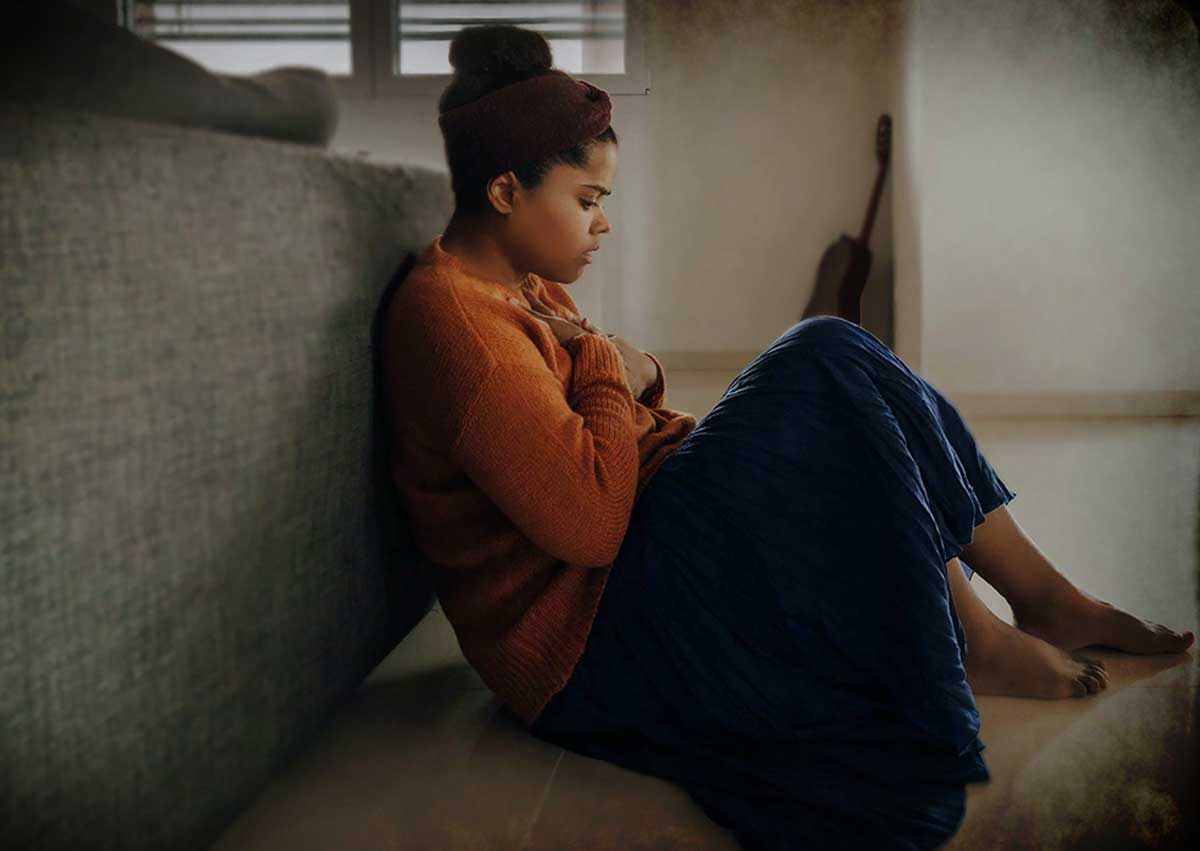 |
| According to the study, the prevalence of anxiety symptoms (8.3% vs. 6.4%) and social isolation (19.1% vs. 15.4%) significantly increased after the pandemic compared to pre-COVID data, while depression (9.0% vs. 8.0%) and severe social isolation (3.3% vs. 3.3%) did not significantly differ. Photo: Joyce Kelly on Unsplash. |
It’s intuitively understood that difficulties in visual function can elicit feelings of depression and anxiety. A new study attempting to quantity these effects also incorporated the influence of social isolation, using the COVID-19 pandemic as an illuminating test case.
During the COVID-19 pandemic, social distancing and isolation measures were introduced in order to eliminate the spread of the virus. Now that lockdowns are over and day-to-day tasks can go uninterrupted, it would seem as if everything has gone back to normal. Unfortunately, the ordinances put in place for health and safety had an impact on adults’ psychological and social functioning. To better understand this impact and its relationship to eye care, a research team from Johns Hopkins University observed the association between vision impairment and psychosocial disabilities, such as depression, anxiety and social isolation, pre- and post-pandemic.
A cross-sectional analysis of the National Health and Aging Trends Study Round 9 (2019) and Round 11 (2021) was used for this study. Among a population of 26,182,090, only 2,822 adults were sampled who fit the criteria for the study. Selected participants were chosen if they had either an objectively measured (n=1,077) or self-reported (n=203) visual impairment as well as depression, anxiety and social isolation data collected from a questionnaire. The population’s mean age was 78.5.
“Adults with either objectively measured vision impairment or self-reported vision impairment had greater odds of depressive and anxiety symptoms,” reported the researchers in their paper for JAMA Ophthalmology. “Additionally, worse objective (but not subjective) vision was associated with a greater risk of being severely socially isolated.” Also, researchers assessed the data of adults with self-reported vision impairment from the 2019 findings and 2021 results. Both depressive symptoms (23.5% vs. 14.3%) and anxiety symptoms (20.5% vs. 13.8%) were increased in prevalence after the pandemic vs. before.
“These findings suggest higher rates of psychosocial symptoms among patients with vision impairment,” mentioned the researchers in their paper. However, there were limitations to this study. The participants provided data on depression, anxiety and social isolation symptoms based on a questionnaire, not a diagnosis. Additionally, the researchers were attempting to explain how the pandemic correlated with the association between visual impairments and psychosocial disabilities, but the relationship between the two morbidities could stem from the possibility of eyecare patients with psychosocial symptoms ultimately not choosing to visit or follow up with a doctor. Furthermore, hearing loss is common in patients with vision loss, and both have been associated with an increase in psychosocial symptoms. The researchers noted that they did not account for this and failed to analyze the association between vision and hearing loss.
In their paper, the researchers concluded that additional longitudinal studies will be needed to enhance their understanding of the association between visual impairments and psychosocial disabilities. Although these findings were meant to convey the impact COVID-19 had on patients struggling with vision loss and mental health, they do provide information on the current state of adult health and the direction its heading towards in the future. “While maintaining eye health will always be important, these findings provide evidence to support prioritizing research aimed at enhancing the health and inclusion of people with vision impairment,” concluded the researchers in their study.
The findings emphasize the importance of addressing vision impairment as a potential risk factor for poor mental health and social well-being in older adults. Optometrists and ophthalmologists should aim to become more adept at assessing psychosocial functioning and providing appropriate support and interventions to enhance the health and inclusion of their older patients.
Almidani L, Miller R, Varadaraj V, et al. Vision impairment and psychosocial function in US adults. JAMA Ophthalmology. February 22, 2024. [Epub ahead of print]. |

